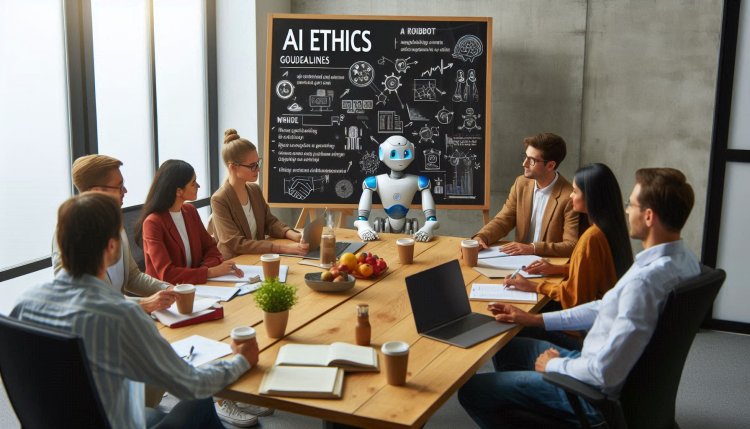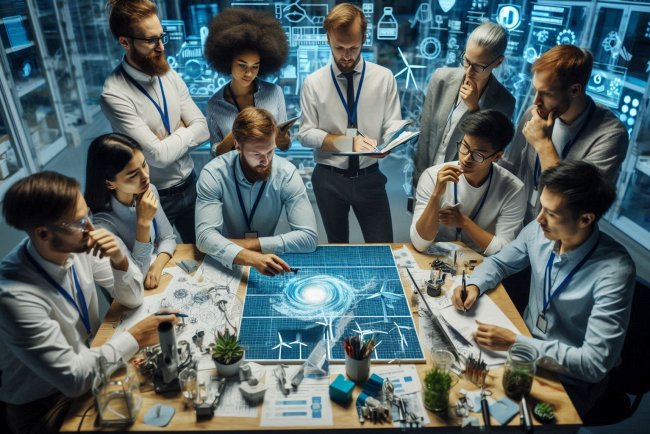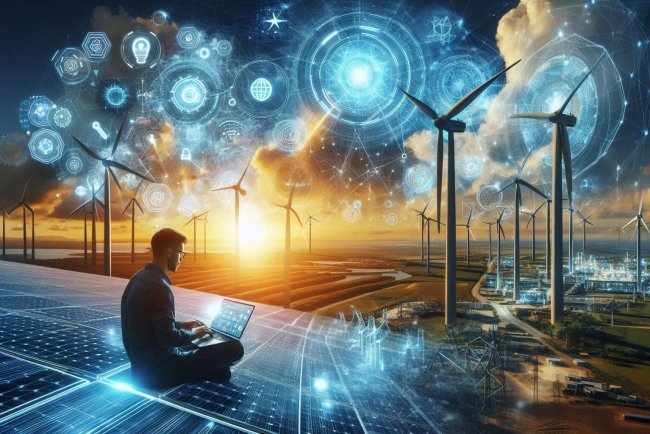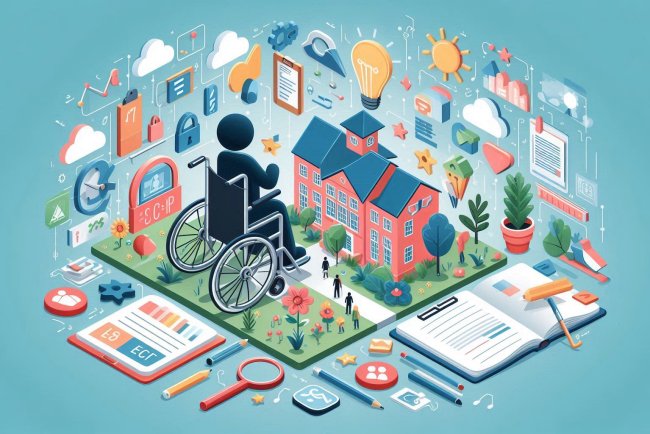Innovations in Wind Farm Design
Explore cutting-edge innovations in wind farm design that are revolutionizing renewable energy production. Learn about the latest technology advancements.

Innovations in Wind Farm Design
Wind energy is a rapidly growing source of renewable energy, and wind farms play a crucial role in harnessing this energy. Over the years, there have been significant innovations in wind farm design to improve efficiency, reduce costs, and minimize environmental impact. Let's explore some of the key innovations in wind farm design:
1. Larger Turbines
One of the most notable trends in wind farm design is the use of larger and more powerful turbines. Larger turbines have higher hub heights and longer blades, allowing them to capture more wind energy at higher altitudes where wind speeds are typically stronger and more consistent. This results in increased energy production and improved capacity factors for wind farms.
2. Floating Wind Turbines
Traditional offshore wind farms are fixed to the seabed, limiting their deployment to shallow waters. Floating wind turbines, on the other hand, can be deployed in deeper waters where wind resources are more abundant. This innovation opens up new possibilities for offshore wind energy production and allows for the development of wind farms in locations that were previously inaccessible.
3. Smart Turbines
Advancements in sensor technology and data analytics have enabled the development of smart turbines that can optimize their performance in real-time. These turbines can adjust their blade angles and yaw angles to maximize energy production based on changing wind conditions. Additionally, data from smart turbines can be used to predict maintenance needs and optimize overall wind farm performance.
4. Repowering and Retrofitting
As older wind turbines reach the end of their operational life, repowering and retrofitting projects have become increasingly common. Repowering involves replacing old turbines with newer, more efficient models, while retrofitting involves upgrading existing turbines with new technology to improve performance. These projects help to extend the lifespan of wind farms and increase their overall energy production.
5. Multi-rotor Turbines
Multi-rotor turbines are a novel design concept that involves mounting multiple rotors on a single turbine tower. This design allows for increased energy capture without significantly increasing the size or cost of the turbine. Multi-rotor turbines have the potential to improve energy production and efficiency in wind farms, especially in locations with lower wind speeds.
6. Hybrid Wind and Solar Farms
Combining wind and solar energy generation in hybrid farms can help to balance energy production and improve overall system reliability. By integrating wind turbines and solar panels in the same location, hybrid farms can take advantage of complementary energy resources and provide a more stable output of renewable energy. This integrated approach can also help to optimize land use and reduce costs associated with grid connection.
7. Aerodynamic Design Improvements
Advancements in aerodynamic design, such as the use of serrated trailing edges on turbine blades, can help to reduce noise levels and increase energy capture efficiency. These design improvements can also minimize the impact of wind turbines on local wildlife, making wind farms more environmentally friendly and socially acceptable.
8. Grid-Forming Inverters
Grid-forming inverters are a new technology that allows wind farms to operate independently of the main power grid. These inverters can synchronize multiple turbines within a wind farm and create a stable power supply without the need for external grid support. This innovation enhances grid resilience and can improve the integration of wind energy into the existing power system.
9. Lidar Technology for Wind Measurement
Light Detection and Ranging (Lidar) technology is being increasingly used in wind farm design to improve wind resource assessment and optimize turbine placement. Lidar devices can accurately measure wind speed and direction at various heights, providing valuable data for designing more efficient and productive wind farms. By using Lidar technology, developers can reduce uncertainties in wind resource assessment and enhance the performance of wind energy projects.
10. Community Engagement and Co-Design
Involving local communities in the design and planning of wind farms can help to address concerns and ensure greater social acceptance of renewable energy projects. Co-design processes allow community members to have a say in the development of wind farms, leading to more sustainable and mutually beneficial outcomes. By fostering collaboration and transparency, wind farm developers can build stronger relationships with local stakeholders and create projects that are supported by the community.
What's Your Reaction?

















